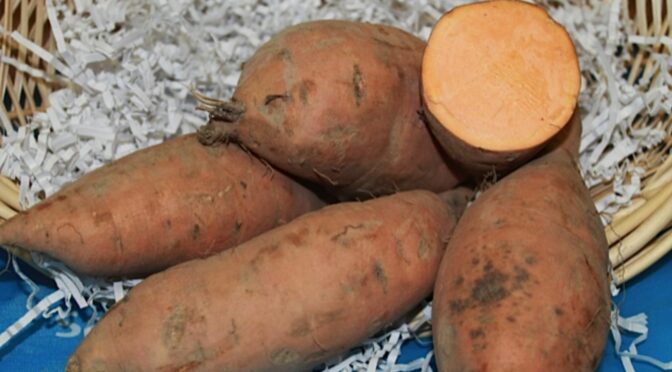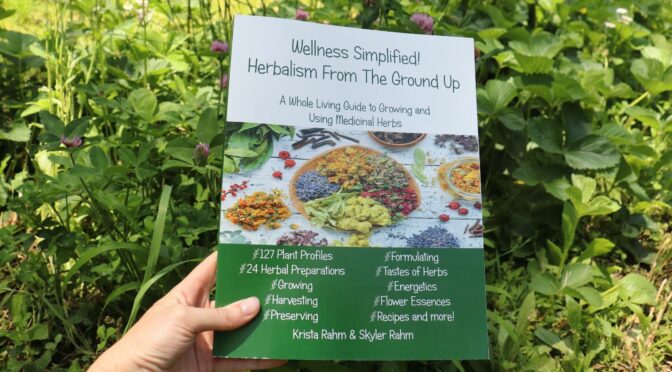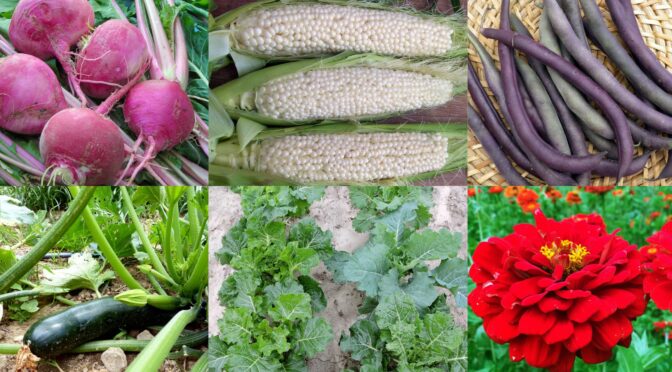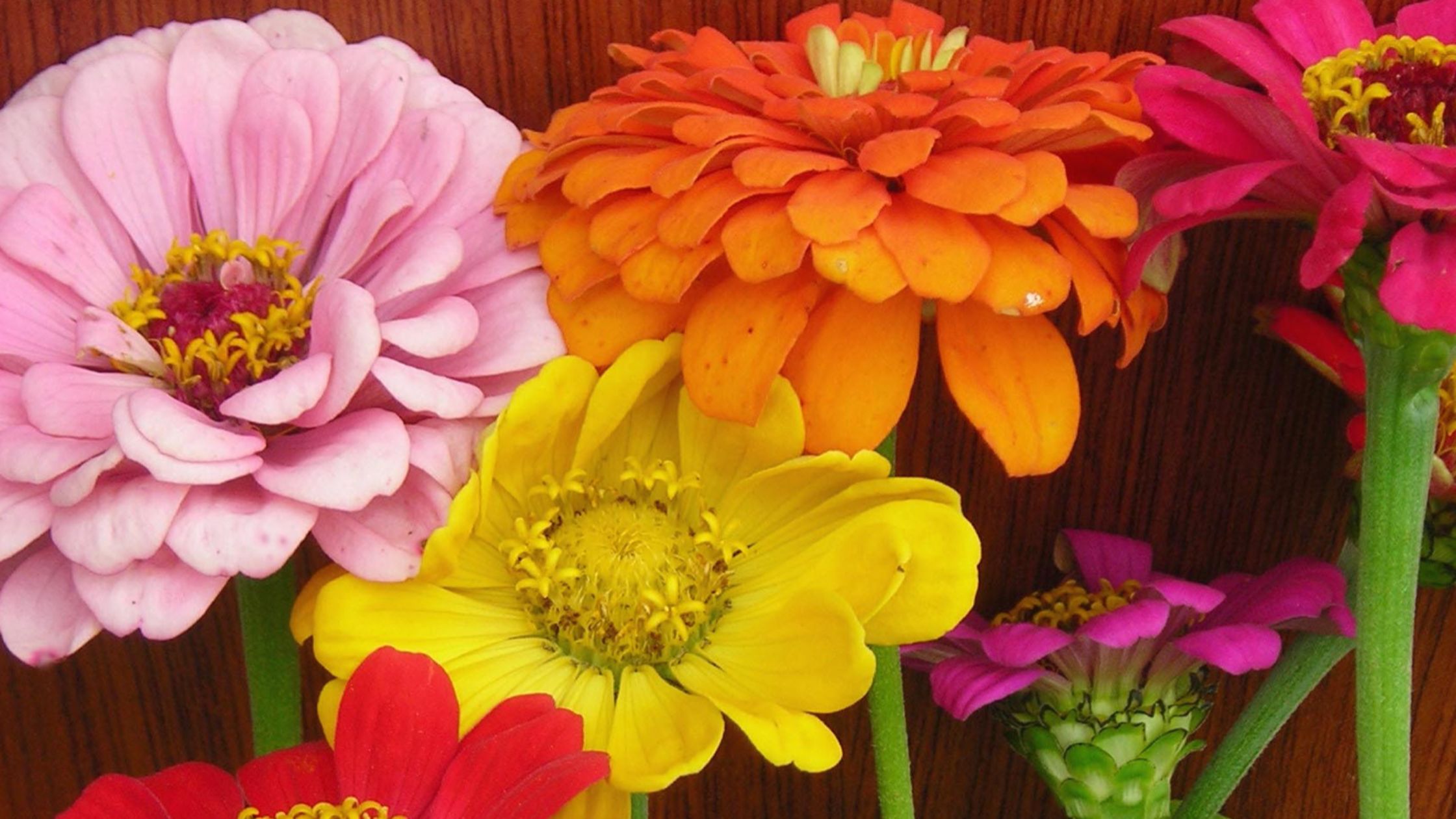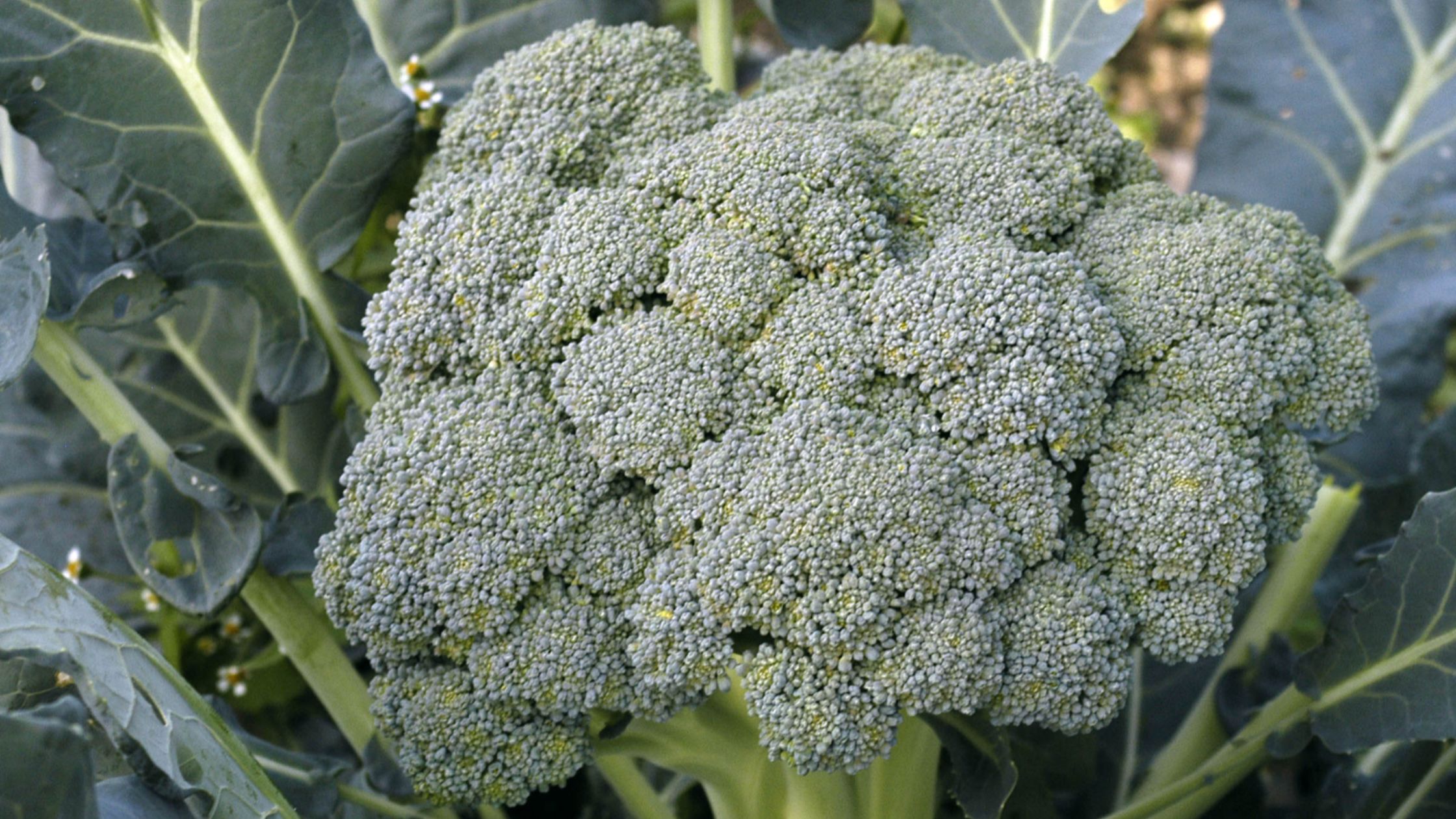In the Southeast, growing sweet potatoes is an excellent option for filling more of your pantry with homegrown food. While most people grow sweet potatoes for the tubers, you can also eat the leaves as a green! Plus, once established, they’re a low-maintenance crop. Sweet potatoes aren’t difficult to grow, but a few tips we’ll cover below can make your plants much more productive.
Loosen the soil.
Sweet potatoes thrive in loose, well-drained soil. Especially if you have hard, packed clay soil or drainage issues, improving a bed before planting your slips is essential. It’s a good idea to add a lot of compost and other organic matter. I also like to loosen and lift the soil with a broad fork.
You can also plant sweet potatoes in raised beds. Raised hills or planting ridges about 8 inches deep also works for areas with poor drainage.
For more information on planting, visit our Sweet Potato Growing Guide or previous blog post, Sweet Potatoes From Order to Plate.
Check your soil temperature and be patient.
Sweet potatoes need warmth to thrive. Waiting until air and soil temperatures are appropriate is key to good production. Plant your sweet potatoes when nighttime temperatures remain over 50°F, and soil temperatures are at least 60°F.
You can lay black plastic over the soil in the spring to help warm it and kill weeds. In a northern area, sweet potatoes can also be grown in greenhouses or low tunnels. These allow the soil to heat up faster and provide consistent warm temperatures for your potatoes.
Water sweet potatoes consistently and often.
Sweet potatoes need consistent soil moisture, especially as they’re getting established. When you plant your slips, water them well and keep the soil moist for at least the first week.
Regular watering throughout the season can improve the size and quality of your harvest. We recommend that plants receive about one inch of water per week throughout the season. Large swings in soil moisture (from very dry to very wet) can lead to splitting and cracking in the potatoes. Cut back on watering three to four weeks before harvest.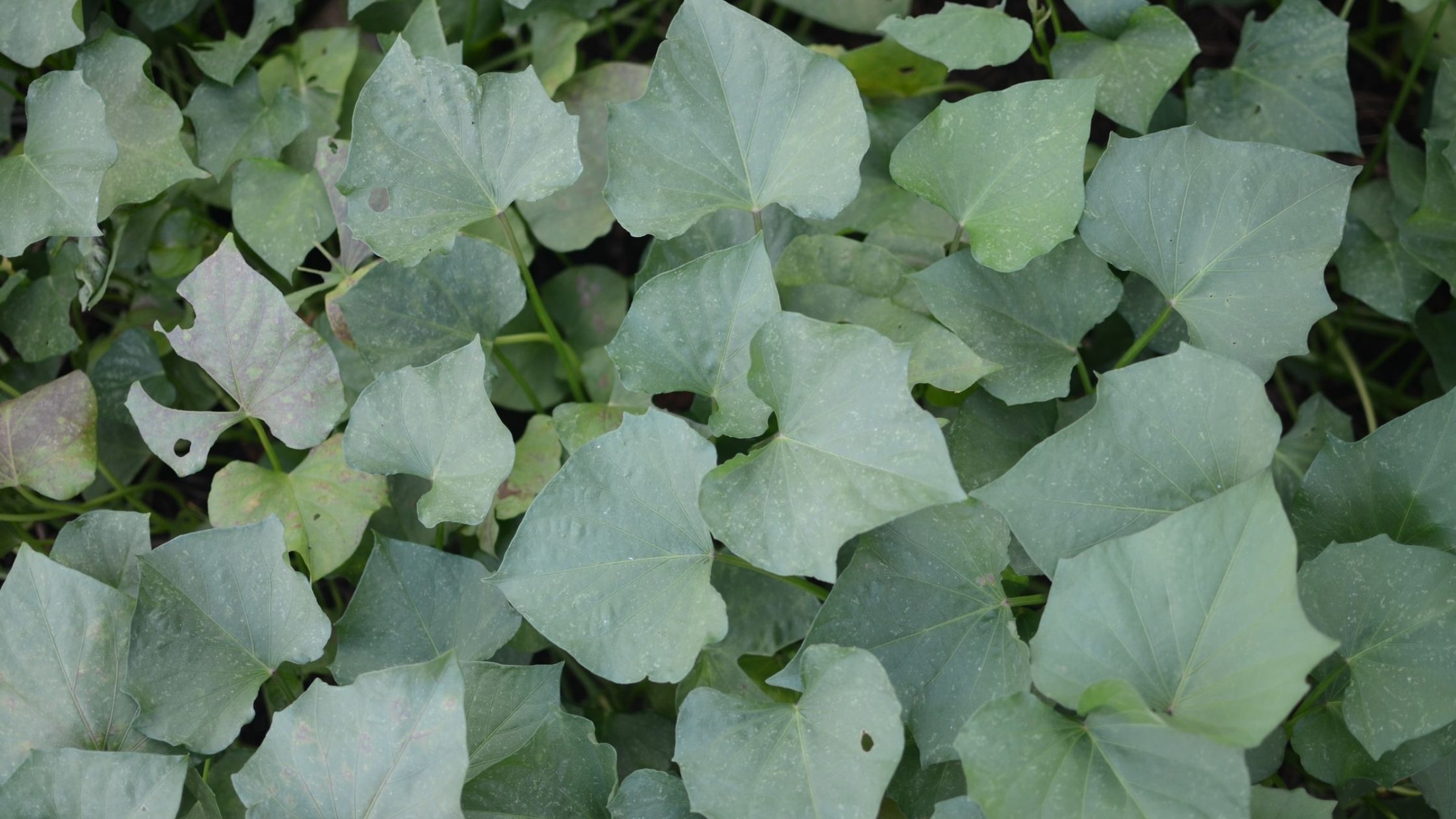
Keep up with weeding.
Especially when sweet potatoes are getting established, it’s essential to keep them weed-free so that they’re not competing for space, moisture, and light. Be careful cultivating to avoid damaging shallow roots.
Thankfully, after about six weeks, your sweet potatoes will take care of the weeds for you. Their vigorous vines will cover the bed and shade out almost all weeds.
Protect your plants from animals.
Deer and rabbits are fond of sweet potatoes. Protect your plants with fencing or other means, especially while they’re still small.
Rotate your sweet potatoes.
Sweet potatoes are susceptible to some fungal diseases. Rotating your crops each year can prevent these diseases from flourishing in your soil.
Don’t over-fertilize.
It can be tempting to add fertilizer or manure to garden beds thinking that the more nutrients, the bigger and more potatoes you’ll get. Unfortunately, excess nitrogen can encourage sweet potatoes to put energy into vines and leaves and little into the tubers, leaving you with a scrawny harvest. Especially if you’re considering adding amendments, you should get a soil test before planting.
Sweet potatoes generally perform well even with low nutrients, but you can side dress each plant with a shovel full of finished compost for a better harvest.
Harvest sweet potatoes at the right time.
Harvest your sweet potatoes before soil temperatures dip down to 55°F. Colder temperatures will damage the sweet potatoes’ taste and storage ability. Generally, this is around the week of your first frost. It’s best to harvest on a sunny day when the soil isn’t too wet.
Sweet potatoes are an excellent low-maintenance crop to add to your garden, especially in the Southeast. Follow these simple tips to ensure you have an awesome sweet potato harvest this year.
Want to keep learning? Check out:

